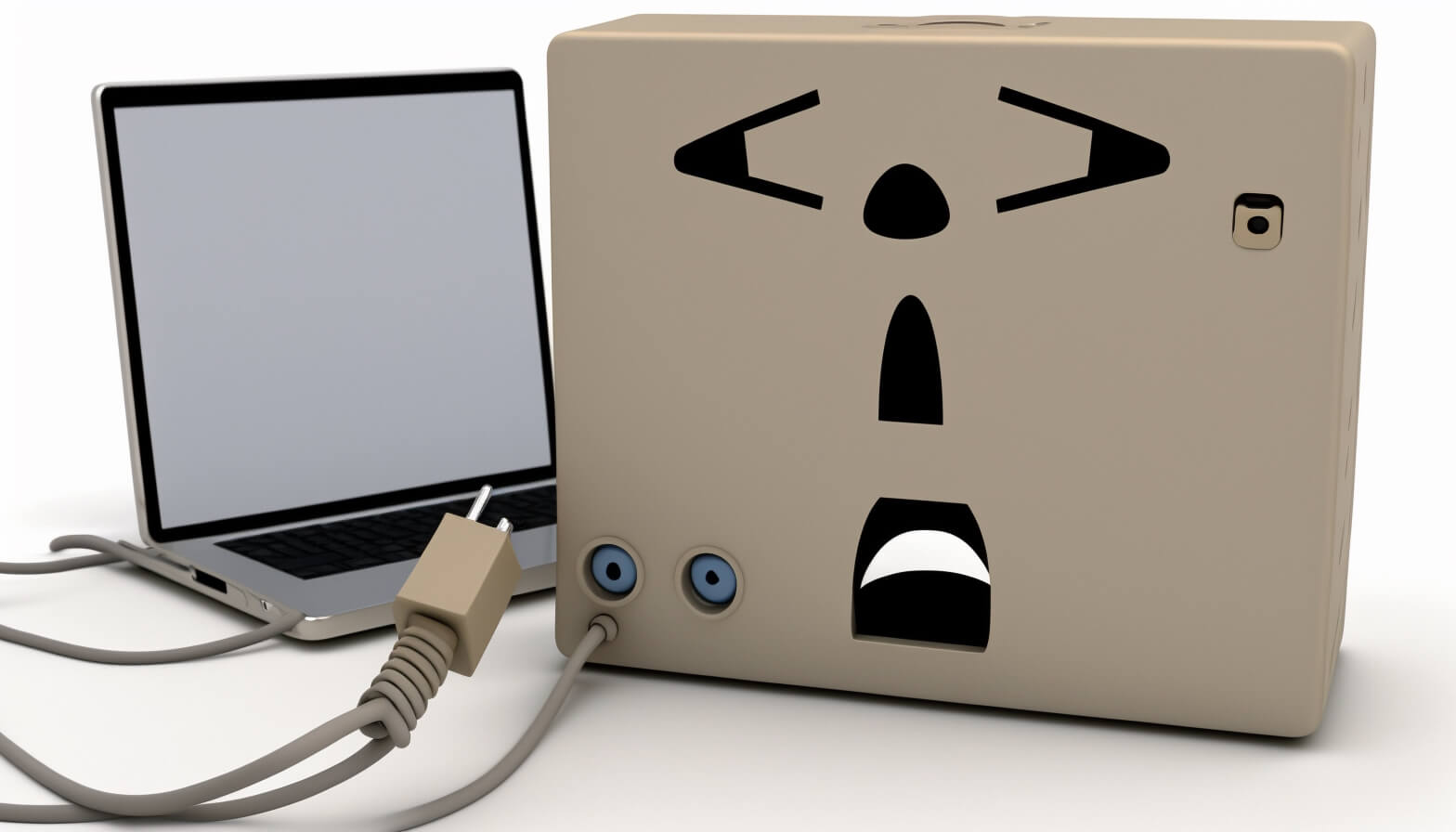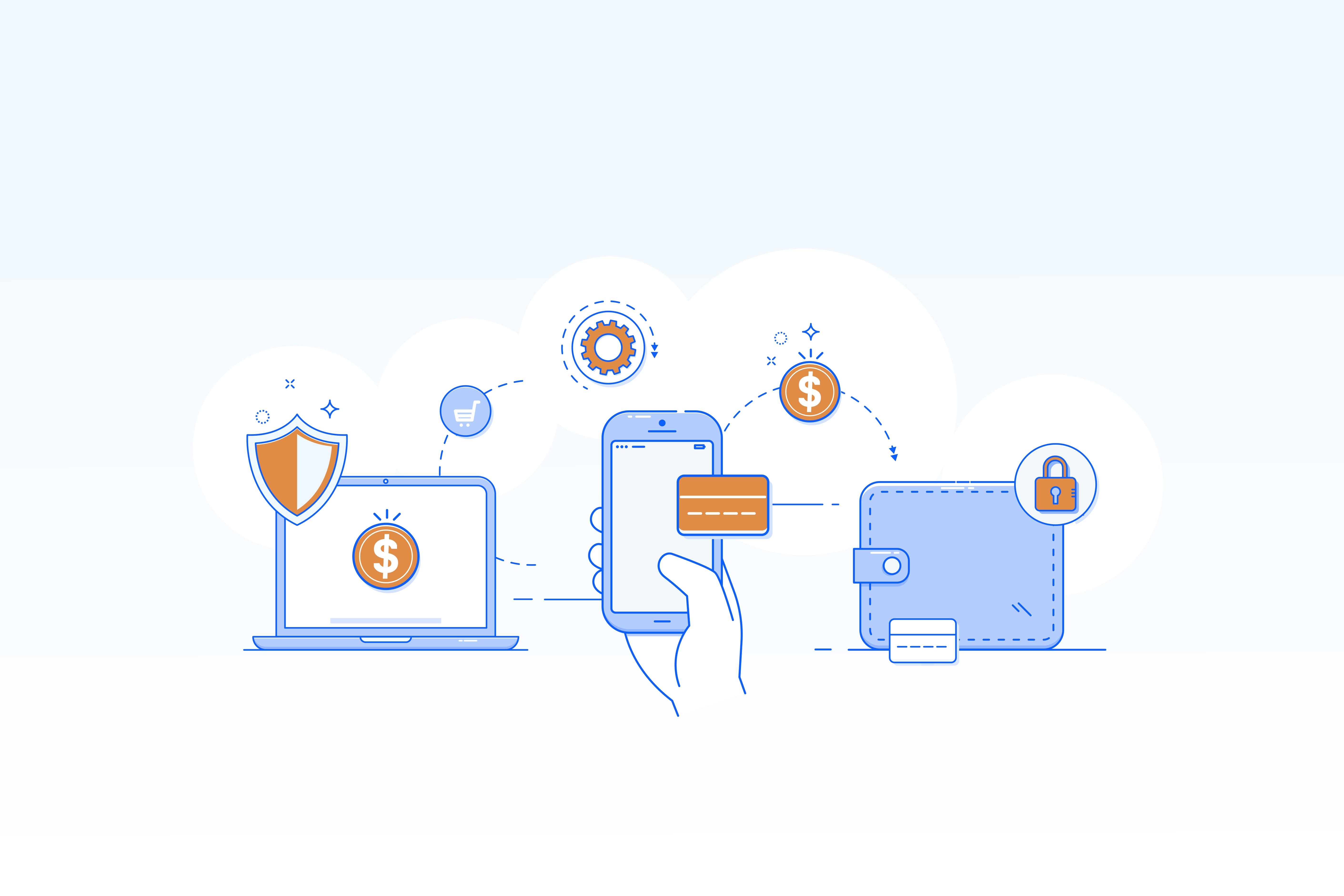
Decentralizing the Residential Proxy Market: Introducing MiaProxy's Peer-to-Peer Technology
What is Decentralization?
Decentralization is the process of distributing power, control, and decision-making away from a central authority. In the context of the internet, decentralization means moving away from centralized servers and networks, and instead, utilizing a distributed network of peers to share information and resources.
Why is Decentralization Important for Residential Proxies?
The traditional residential proxy market is controlled by a small number of companies who own and operate the residential IP addresses. This centralization of power can lead to issues such as price manipulation, IP address blacklists, and a lack of transparency. By decentralizing the residential proxy market, we can eliminate these issues and create a more fair and open market.
How Does MiaProxy Decentralize the Residential Proxy Market?
MiaProxy uses peer-to-peer technology to connect users with residential IP addresses. This means that instead of relying on a central authority to manage and distribute residential IP addresses, we allow users to share their own IP addresses and resources. This creates a decentralized network of residential IP addresses that is more resilient, efficient, and fair.
What Does this Mean for Users?
For users, this means access to a larger pool of residential IP addresses, a more transparent market, and the ability to easily become a node and make money by selling their bandwidth. This peer-to-peer approach also ensures that the network is more resistant to IP blacklists and that prices are determined by supply and demand, not by a central authority.
Conclusion
Decentralization is the future of the internet and the residential proxy market. By using peer-to-peer technology, MiaProxy is leading the way in creating a more fair, transparent, and decentralized residential proxy market. With MiaProxy, users can easily access a large pool of residential IP addresses, make money by selling their bandwidth, and be a part of shaping the future of the internet.

What are HTTP and HTTPS Proxies?
HTTP and HTTPS proxies are commonly used in the world of web browsing and internet access. While both types of proxies serve similar purposes, there are a few key differences between them

Parental Control At Home Using Proxy
Parental control is a crucial aspect of raising kids in today's digital age. The internet can expose children to inappropriate content and put them at risk of encountering cyberbullying, harassment, or worse. To keep children safe online, many parents use parental control software, which blocks certain websites or limits access to the internet altogether. However, these solutions can be circumvented or defeated, leaving children exposed to harmful content. A proxy server is a powerful tool that can be used to enhance parental control and protect children online

Choosing Proxies For Sneakers
When it comes to buying sneakers, you need to be quick, and the right proxies can help you achieve this. Proxies are essential in securing a sneaker purchase online, especially for popular releases that can sell out in minutes. In this article, we will discuss the factors you should consider when choosing proxies for sneakers, so you can improve your chances of getting your desired sneakers.

Managing Multi Accounts with MiaProxy
Managing multiple accounts on various platforms can be a daunting task, especially when it comes to maintaining the anonymity of those accounts. This is where a proxy comes in. A proxy allows you to access the internet through a different IP address, thus masking your actual location and making it appear as if the accounts are being managed from different locations

How Decentralized Residential Proxy Works?
A decentralized residential proxy is a new way of providing proxy services that utilizes peer-to-peer technology. Instead of relying on a central server, a decentralized residential proxy network is made up of multiple nodes, or individual devices, that work together to provide proxy services. This allows for a more robust and resilient network, as there is no single point of failure

